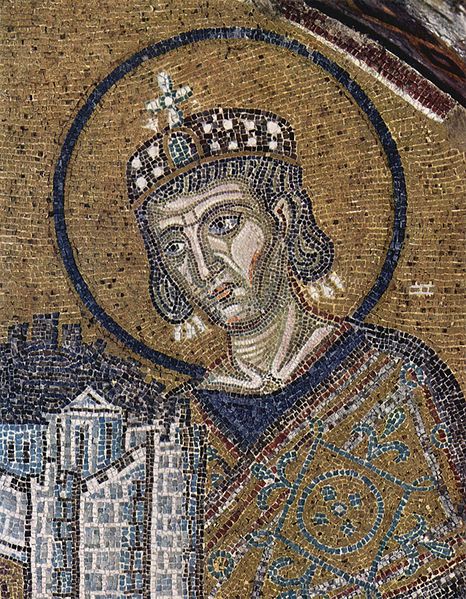Byzantium, Constantinople, Istanbul are three different names for one city. Founded nearly 3 millenia ago, the city was known as Byzantium by the 7th century B.C.E. Then, during the Roman Empire, the emperor Constantine revived the city and named it after himself, Constantinople. It was then named the capital of the Roman Empire. After the death of the emperor Theodosius I, the empire was split into two, the western and eastern parts. The Eastern side, where Constantinople was located, became the Byzantine Empire, which was in power until 1453 CE when the Ottoman’s took over. The Ottoman Empire changed the name of Constantinople to Istanbul, but left the city as its capital. After World War I, the Ottoman Empire collapsed, leaving the country of Turkey. Turkey gained independence in 1923 [1].
Ibn Battuta’s visit to Asia Minor, and Constantinople was different from the vast majority of his trips because Constantinople was a Christian city, and Christians controlled the area when he visited. All of his stops before Asia Minor were to Islamic nations. Ibn Battuta was met with great hospitality when he visited Constantinople. The emperor at the time, Adronicus III, hired a Syrian Jewish interpreter to translate because the emperor was fascinated with the Christian sites in Judea (now modern-day Israel). The emperor also gave Ibn Battuta a Greek tour guide and a royal horse, and paraded him around the city with much excitement shown by the people of Constantinople. He visited a great church in Constantinople, Hagia Sophia, built by the sixth century emperor Justinian, but he was not allowed to enter because he was a Muslim. Anyone that entered the beautiful church had to proclaim their faith in front of a cross with Jesus on it. Ibn Battuta does say that the exterior was beautiful, and so large it could have been a city of its own. He stayed in Constantinople for little over a month, and then returned to further travels.
Constantinople, now known as Istanbul, is still the largest city in Turkey. As the connecting city between Asia and Europe, it is quite literally the middle ground between Europe and the Middle East. Due to its central location, Istanbul remains the economic capital of Turkey, even though the current political capital is Ankara. The Turkish economy relies heavily on the tourism industry, as many flock to the beautiful city of Istanbul.

Sources:
[1] “Constantinople.” Accessed August 26, 2012.
http://www.roman-empire.net/constant/constant-index.html.